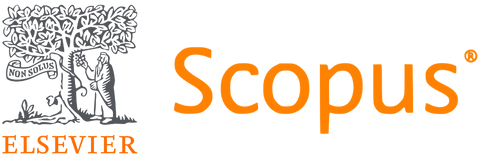Three Types of Tightrope Dance in the Comeback Process
Preliminary Findings from a Longitudinal Study of Young People at the Margins of Upper Secondary School in Norway
DOI:
https://doi.org/10.13152/IJRVET.4.2.3Keywords:
VET, Vocational Education and Training, School Leavers, Tightrope Biographies, Knowledge Society, Continuing Vocational Education and Training, Re-entry Students, Pushout, Youth ResearchAbstract
Fewer than half of the young people attending vocational institutions in Norway complete their education within the allotted five years. Indeed, many of these students have non-linear paths to completion. However, it is not changes in the dropout rate that make this different from earlier generations but the expansion of formal education and the rise of the knowledge society and individualisation. The term “tightrope biographies” is used here to encapsulate why individualisation cannot be thought of in terms of choice, because today’s youth are often held accountable for their educational progression rather than this progression being viewed as dependent on institutional mechanisms. The present study characterises young people as “tightrope dancers” in their interactions with vocational schools. Selected data collected from ethnographic interviews during the ongoing longitudinal project Youth, Completion and Dropout in Telemark are used here to capture the voices of young people. These data focus on the non-linear educational careers of these youth when they re-enter schools and explore the stories they tell about dropping out and re-entering. These stories suggest that, to succeed, students need customised support throughout the process from school to the workplace and that many depend on this support. The study identifies three different ways of understanding these students as tightrope dancers trying to get back on track, characterising them as The Steady, The Shaky and The Shivering.





